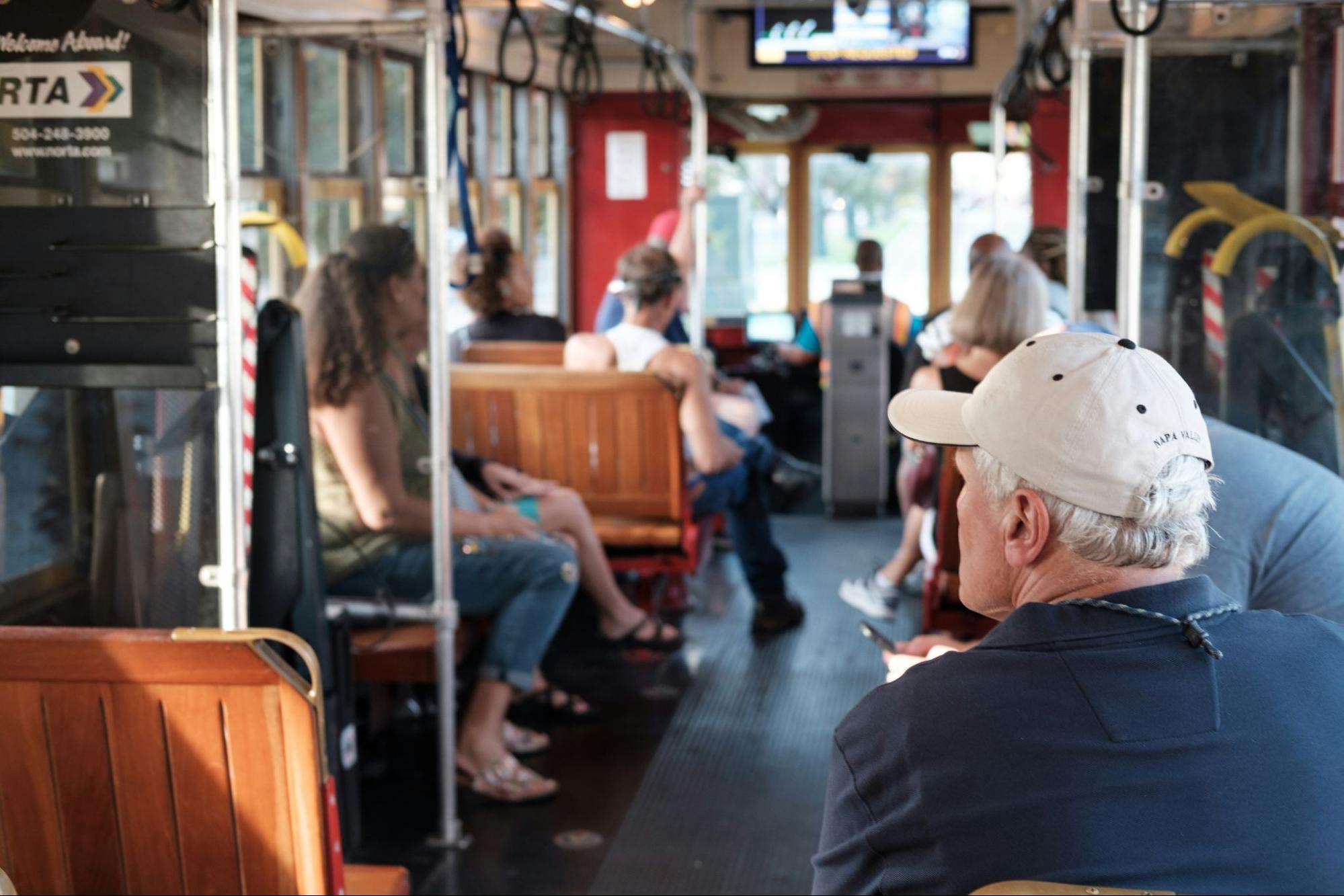As individuals age, there often comes a point when driving becomes more challenging or even impossible due to factors such as declining health, reduced mobility, or cognitive impairments. This transition from being an independent driver to relying on alternative transportation options can be a significant life change for seniors. However, with careful planning and access to appropriate resources, this transition can be navigated smoothly, allowing seniors to maintain their independence and quality of life.
Understanding the Need for Alternative Transportation
For many seniors, driving represents more than just a means of transportation—it symbolizes freedom, autonomy, and the ability to remain connected to their communities. However, as age-related changes occur, such as declining vision, slower reaction times, or medical conditions that affect mobility, the safety risks associated with driving may increase. Recognizing when it’s time to transition to alternative transportation is essential for ensuring the safety of both the senior driver and others on the road.
If your senior has been in a car accident, contact a Buffalo New York personal injury lawyer for uptmost legal support.
Exploring Alternative Transportation Options
Buffalo is ranked 9th among top 10 cities for public transportation option in the United States, with a score of 50.4. Because of the high ranking, this city makes for an easier transition for seniors compared to other locations.
Public Transportation: Public transit systems, including buses, trains, and subways, can provide seniors with convenient and affordable transportation options. Buffalo’s NFTA Metro system offers reduced fares and specialized services for seniors, such as paratransit services that accommodate individuals with disabilities or mobility limitations.
Ridesharing Services: Companies like Uber and Lyft have revolutionized transportation by offering on-demand rides through their smartphone apps. Seniors can easily request rides to medical appointments, grocery stores, or social outings without the need for owning a car or driving themselves.
Senior Transportation Programs: Many communities in Buffalo have established senior transportation programs that offer door-to-door transportation services specifically tailored to the needs of older adults. These programs may utilize volunteer drivers or specialized vehicles equipped with wheelchair ramps or lifts. Some programs are free, while others may require a few dollars for payment for the ride, such as the medical van service the city offers seniors.
Community Shuttles: Some neighborhoods or retirement communities operate shuttle services that provide regular transportation to popular destinations within the area, such as shopping centers, recreational facilities, or medical offices. These shuttles offer seniors a convenient way to remain active and engaged in their communities.
Walking and Biking: For seniors who are still able to walk or bike short distances, these modes of transportation can be both healthy and environmentally friendly. Accessible pedestrian pathways and bike lanes can enhance safety and encourage seniors to incorporate walking or biking into their daily routines.
Assistive Transportation Devices: Mobility aids such as electric scooters, wheelchairs, or motorized carts can provide seniors with increased independence and mobility, particularly for short trips within their neighborhoods or residential complexes.
Tips for a Smooth Transition
Plan Ahead: Start exploring alternative transportation options well in advance of when they may be needed. Research available services in the area and familiarize yourself with their schedules, fares, and eligibility requirements.
Seek Support: Don’t hesitate to reach out to family members, friends, or social service agencies for assistance with transportation planning. They can help identify resources, provide emotional support, or accompany seniors on their trips if needed.
Stay Informed: Keep abreast of changes or updates to transportation services in the community, such as schedule adjustments, fare increases, or new service offerings. Many transportation providers offer newsletters, websites, or customer service hotlines to communicate with riders.
Maintain Social Connections: Losing the ability to drive can sometimes lead to feelings of isolation or loneliness. Encourage seniors to stay connected with friends, family, or community groups through social activities, volunteer opportunities, or senior centers.
Consider Alternatives: If traditional transportation options are limited or unavailable in your area, think creatively about alternative solutions. This could include carpooling with neighbors, arranging for grocery delivery services, or utilizing telehealth appointments for medical care.
Conclusion
Transitioning to alternative transportation options can be a challenging yet necessary step for seniors as they navigate the changes that come with aging. By understanding the available transportation resources, planning ahead, and seeking support from loved ones and community organizations in Buffalo, seniors can continue to maintain their independence and access the services and activities that are essential to their well-being. With the right approach and support network in place, the transition to alternative transportation can be a positive and empowering experience for seniors and their families alike.
We are not lawyers and this is in no way intended to be used as legal advice . We cannot be held responsible for your results. Always do your own research and seek professional legal help.






